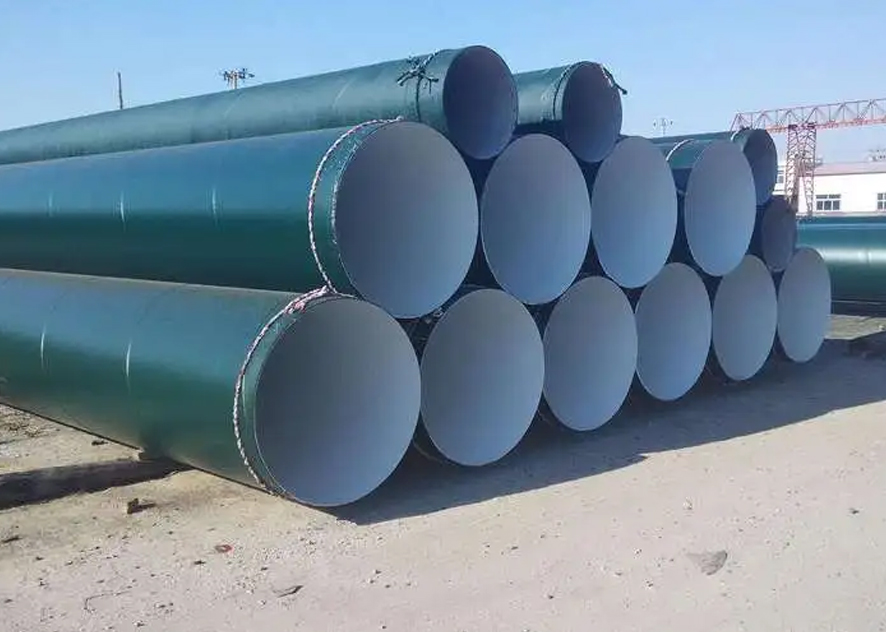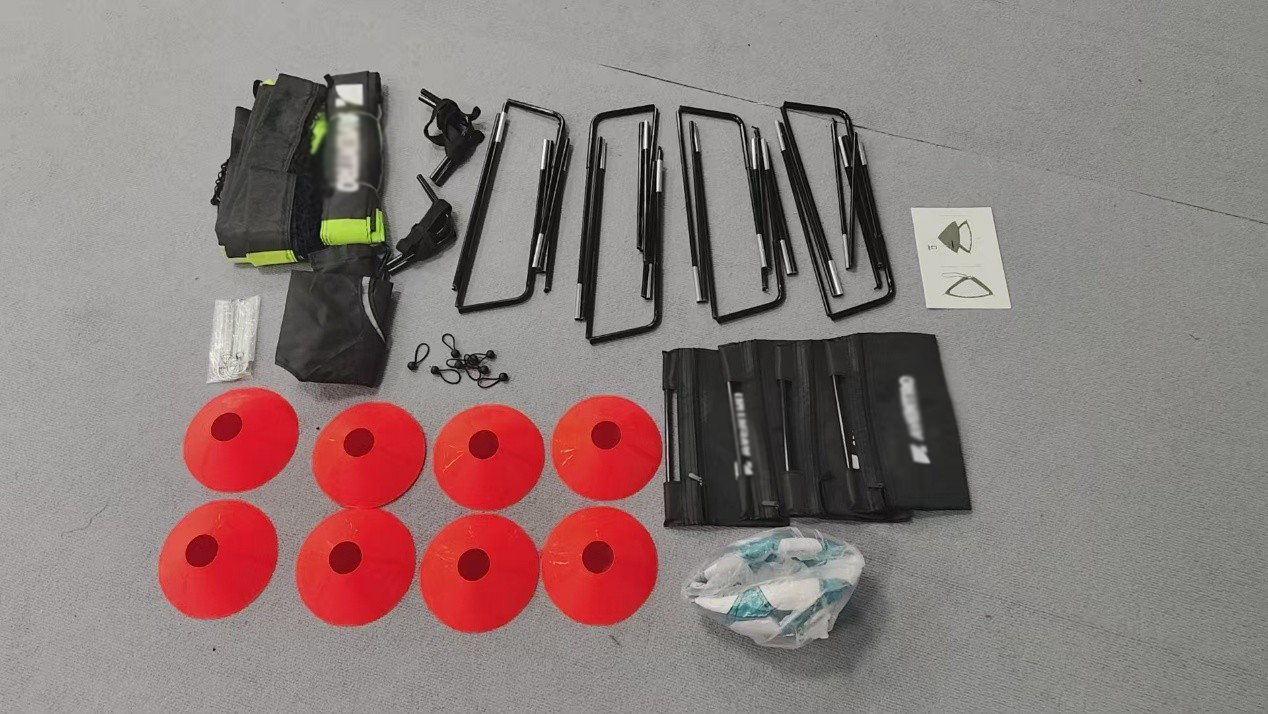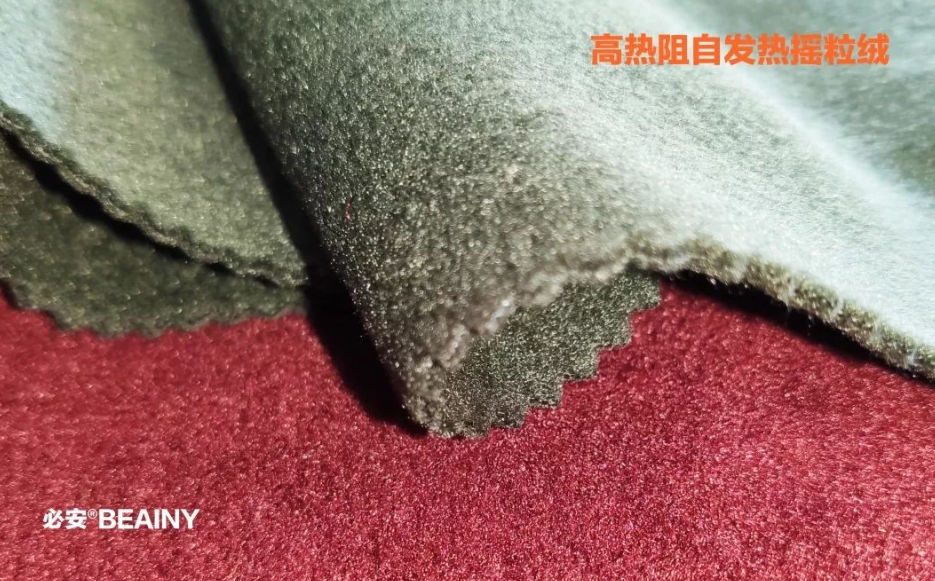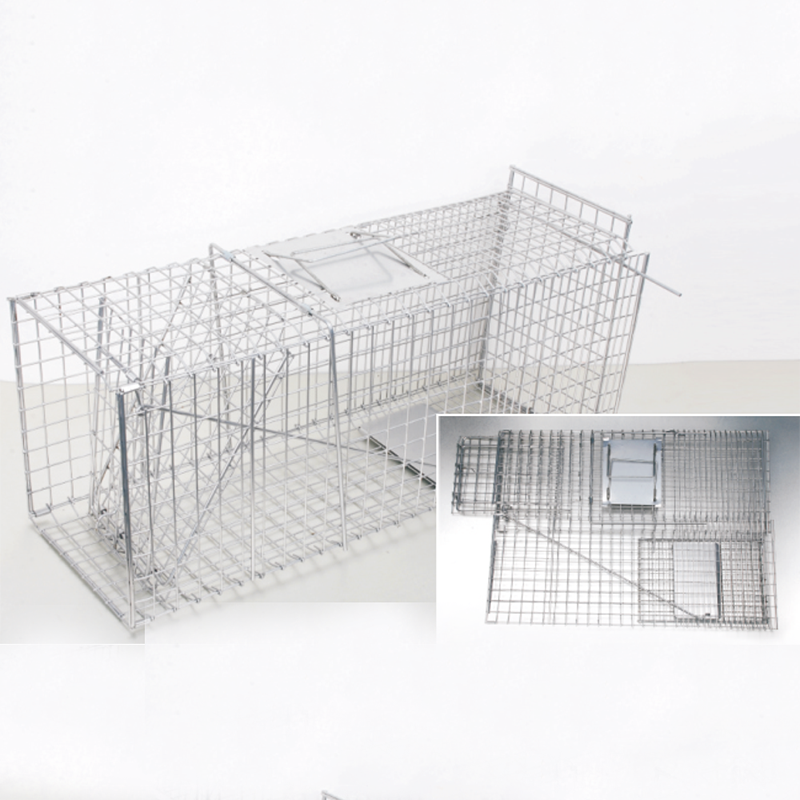In the chemical and petroleum industries, the insulation of catalyst pipes is crucial. Poor insulation will cause the temperature of the fluid in the pipeline to drop, affecting the activity of the catalyst and reaction efficiency. In order to solve this problem, electric heat tracing, as an effective heat preservation method, has gradually been widely used. This article will introduce in detail the effects and advantages of electric heating for catalyst pipeline insulation.

Electric heating is a heating method that converts electrical energy into thermal energy. By laying an electric tape on the outer wall of the pipeline, the fluid in the pipeline can be maintained at a certain temperature at low temperature, thereby improving the activity of the catalyst and reaction efficiency. Electric heating has the following advantages:
1. Temperature stability: The temperature control of electric heating is precise, which can maintain the stability of the fluid temperature in the pipeline and avoid the impact of temperature fluctuations on the catalyst.
2. Energy saving and environmental protection: Compared with traditional steam heating, electric heating can save a lot of water resources and energy while reducing carbon emissions.
3. Easy maintenance: The electric heating system is easy to install, has low maintenance costs, and can operate stably for a long time.
When selecting the type of electric heating, comprehensive considerations need to be made based on the actual situation. For example, for situations where stable heating is required over a long period of time, resistance wire heating may be more suitable. For situations where uniform heating of a large area is required, electromagnetic heating may be more suitable.
The following points need to be noted when installing and maintaining electric heating systems:
1. Design stage: It is necessary to select the appropriate electric heating type and specifications according to the actual situation, and determine the configuration plan of the power supply and control system.
2. Installation stage: It is necessary to ensure that the electric heating pipes are laid flat and fast to avoid wrinkles or looseness. At the same time, the connection between the pipe and the electric heating tape needs to be done well to ensure that the heat can be effectively transferred to the pipe.
3. Testing stage: After installation, the electric heating system needs to be tested to ensure that the system is operating normally and there are no safety hazards.
4. Maintenance stage: The electric heating system needs to be inspected and maintained regularly to discover and solve existing problems in a timely manner to ensure the stable operation of the system.
Electric heating has significant advantages and effects in the insulation of catalyst pipelines. Through the introduction and analysis of different types of electric heating, it can be seen that each type of electric heating has its applicable occasions and characteristics. With the continuous development of technology and the expansion of application fields, electric heat tracing will play a more important role in future industrial production. At the same time, in order to better promote and apply electric heating technology, it is necessary to further strengthen technological research and development and innovation, and improve the energy efficiency and reliability of the system to meet the needs of different fields.

 English
English Español
Español Português
Português русский
русский français
français 日本語
日本語 Deutsch
Deutsch Tiếng Việt
Tiếng Việt Italiano
Italiano Nederlands
Nederlands ไทย
ไทย Polski
Polski 한국어
한국어 Svenska
Svenska magyar
magyar Malay
Malay বাংলা
বাংলা Dansk
Dansk Suomi
Suomi हिन्दी
हिन्दी Pilipino
Pilipino Türk
Türk Gaeilge
Gaeilge عربى
عربى Indonesia
Indonesia norsk
norsk اردو
اردو čeština
čeština Ελληνικά
Ελληνικά Українська
Українська Javanese
Javanese فارسی
فارسی தமிழ்
தமிழ் తెలుగు
తెలుగు नेपाली
नेपाली Burmese
Burmese български
български ລາວ
ລາວ Latine
Latine Қазақ
Қазақ Euskal
Euskal Azərbaycan
Azərbaycan slovenský
slovenský Македонски
Македонски Lietuvos
Lietuvos Eesti Keel
Eesti Keel Română
Română Slovenski
Slovenski मराठी
मराठी Српски
Српски 简体中文
简体中文 Esperanto
Esperanto Afrikaans
Afrikaans Català
Català עִברִית
עִברִית Cymraeg
Cymraeg Galego
Galego 繁体中文
繁体中文 Latvietis
Latvietis icelandic
icelandic יידיש
יידיש Беларус
Беларус Hrvatski
Hrvatski Kreyòl ayisyen
Kreyòl ayisyen Shqiptar
Shqiptar Malti
Malti lugha ya Kiswahili
lugha ya Kiswahili አማርኛ
አማርኛ Bosanski
Bosanski Frysk
Frysk ជនជាតិខ្មែរ
ជនជាតិខ្មែរ ქართული
ქართული ગુજરાતી
ગુજરાતી Hausa
Hausa Кыргыз тили
Кыргыз тили ಕನ್ನಡ
ಕನ್ನಡ Corsa
Corsa Kurdî
Kurdî മലയാളം
മലയാളം Maori
Maori Монгол хэл
Монгол хэл Hmong
Hmong IsiXhosa
IsiXhosa Zulu
Zulu Punjabi
Punjabi پښتو
پښتو Chichewa
Chichewa Samoa
Samoa Sesotho
Sesotho සිංහල
සිංහල Gàidhlig
Gàidhlig Cebuano
Cebuano Somali
Somali Точик
Точик O'zbek
O'zbek Hawaiian
Hawaiian سنڌي
سنڌي Shinra
Shinra հայերեն
հայերեն Igbo
Igbo Sundanese
Sundanese Lëtzebuergesch
Lëtzebuergesch Malagasy
Malagasy Yoruba
Yoruba









